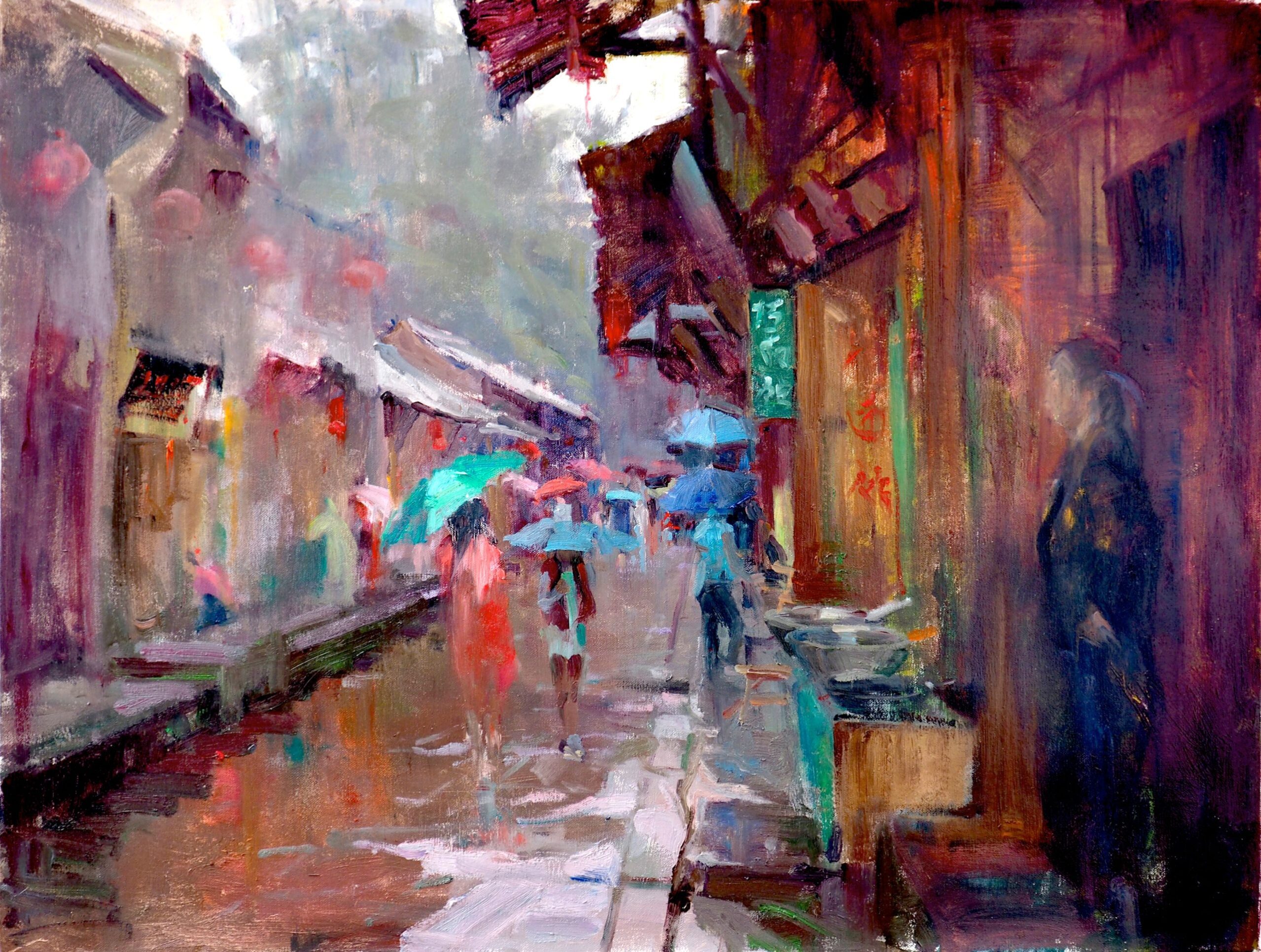
To capture this colorful rainy day, I had to use all the techniques I have learned over the years in giving my paintings texture. I painted this during the rainy season in the old village of Liujiang in Sichuan, China. I was sheltering under the roof eaves which fortunately were quite large! I chose this place because of the interesting patterns created by the colorful umbrellas and of the red lanterns which are a feature of every Chinese town and village. The reflections in the wet pavement served to distribute these colors around the canvas, and unify the design. The painting was quite large for a plein air piece, about 60cm by 80cm.
Create texture using thick and thin paint
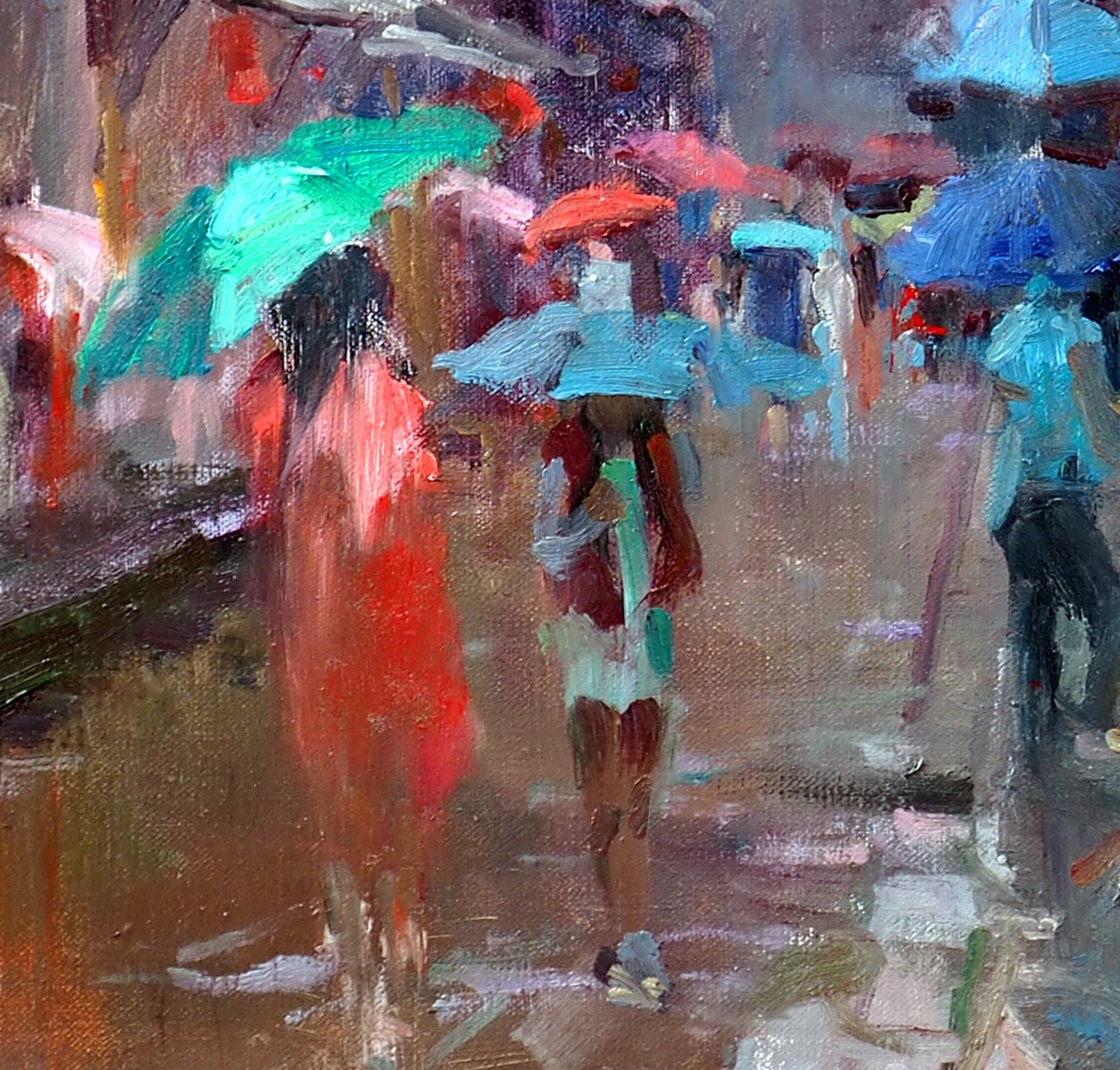
You can use different techniques for applying the paint to show the characteristic textures of different objects in your painting. Here I used thick impasto strokes to convey the feeling of the wet pavement, and also to create the calligraphy on the walls. On the walls of the wooden buildings I used thin transparent washes of paint layered on top of each other to convey the texture of old wood. This is very similar to a watercolor approach.
Create texture using different brushes and brushstrokes
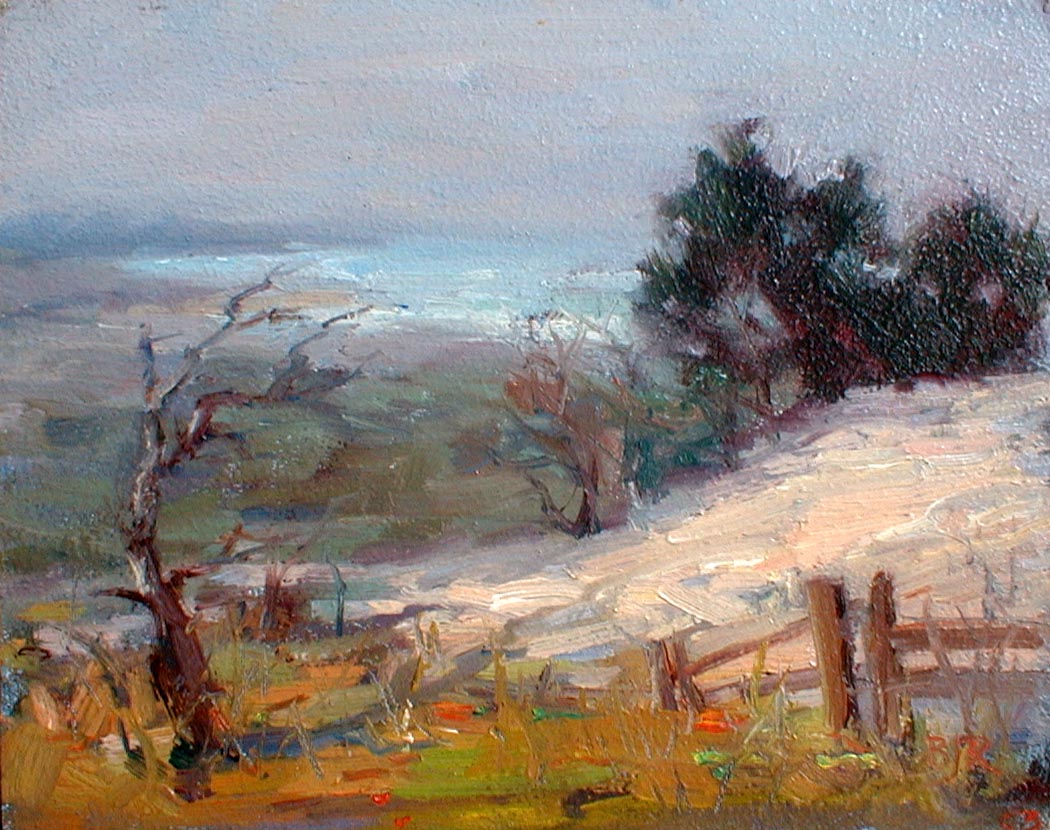
You can use different brushstrokes to show the texture of an object. For example, you can use soft, thin strokes to communicate feathery objects such as shrubbery, trees with lacy foliage, or moss hanging from a tree.
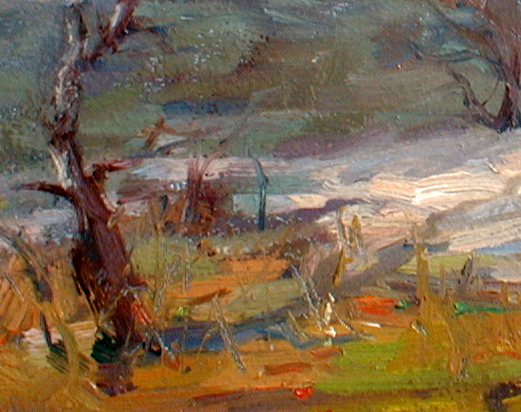
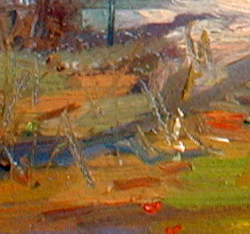
You can also blend the object into the sky. This conveys the impression of the sun shining through the object, revealing its feathery quality. To paint hard solid objects such as rocks, use angular strokes with hard edges. To suggest foreground foliage or grass, paint short, squiggly strokes.
You can emphasize the solidity of solid objects over feathery ones by contrasting impasto strokes over thin paint. Use this technique to paint a tree branch covered by feathery hanging moss, or the feathery branches of a tree seen against a solid trunk.
Create texture using hard and soft brushstrokes
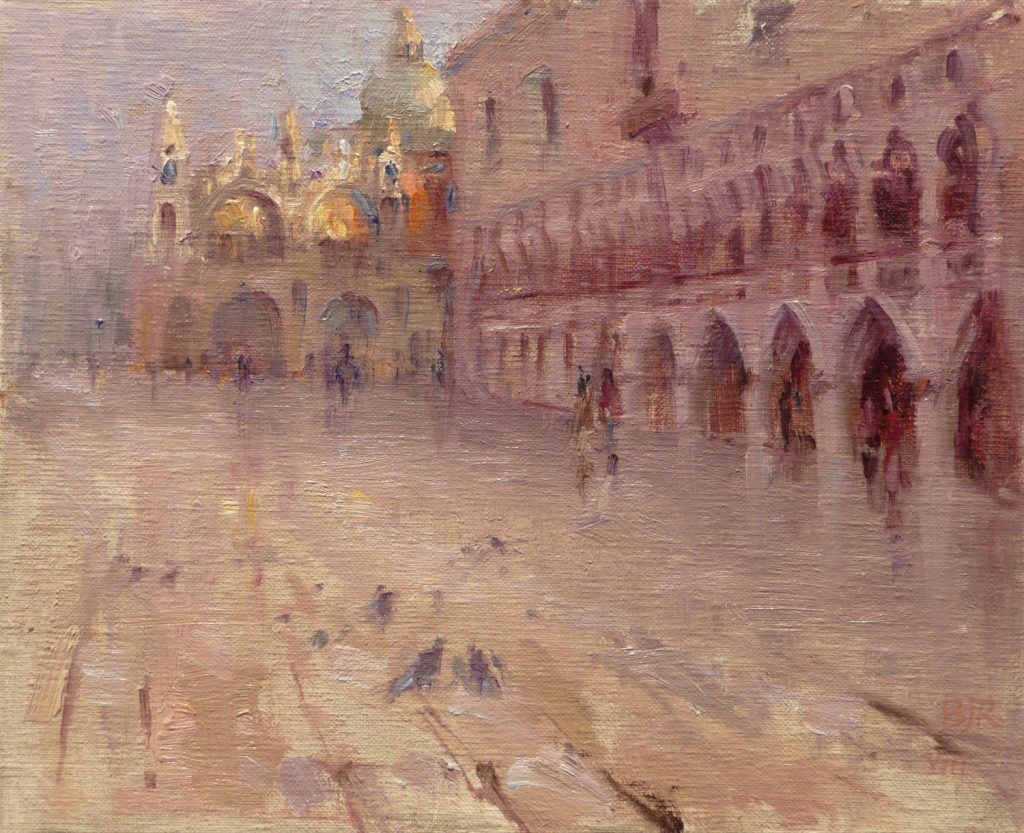
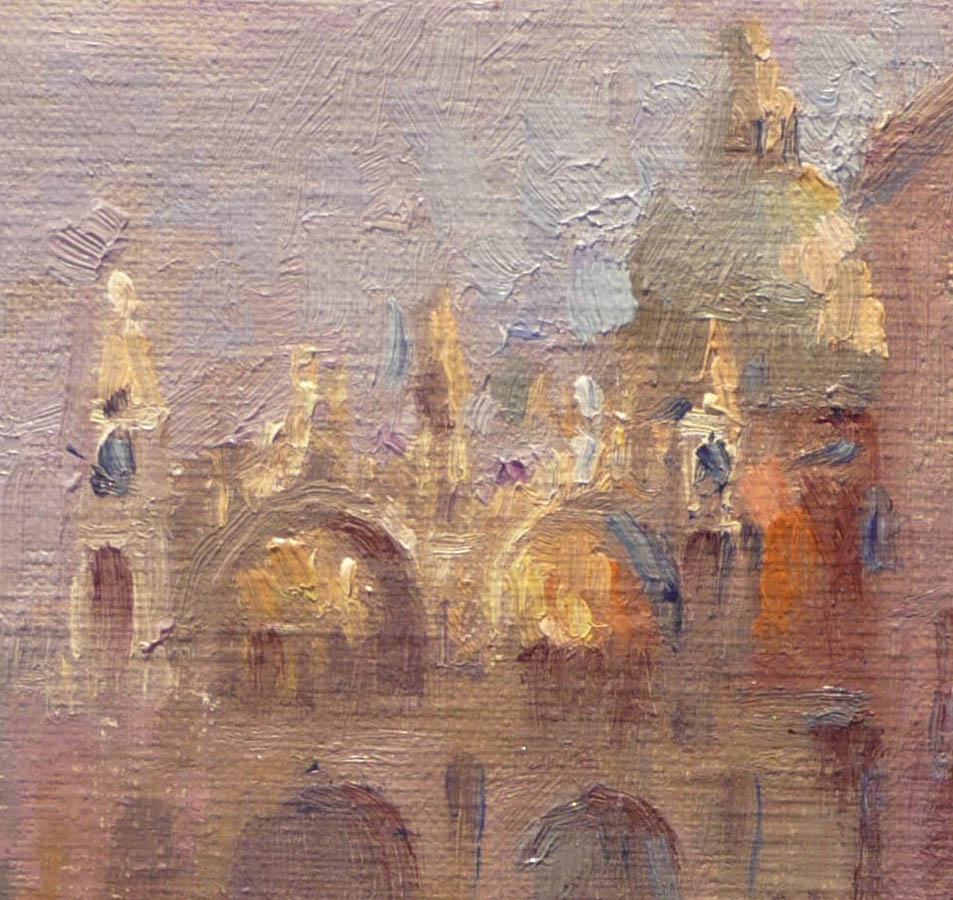
Use different brushstrokes to convey different types of objects. For example, to paint hard solid objects such as rocks and stone buildings, use angular strokes with hard edges. By varying the type of brushwork you use in your work you open up many more exciting possibilities for your paintings.
The most comprehensive, in depth and well-organized painting course available online

After a thorough research, my personal conclusion is that the Virtual Art Academy (VAA) is, by wide margin, the most comprehensive, in depth and well-organized painting course available in the internet. Unlike most tutorials and color mixing recipes commonly found online, VAA’s philosophy is rather to provide the students with detailed information about all aspects of painting – color theory, brushwork, drawing, composition, techniques, materials – in an organized manner, in a way to allow for short-term improvements while optimizing the learning curve throughout the course. And, while the VAA curriculum, by itself, is already among the most valuable literature about art one can find (both online or offline) – for its depth and comprehensiveness –, the online platform adds a lot more to the learning experience, since the exchange in information and experience with other students is of immense help. Finally, what is most unique about the VAA, in my opinion, is that its creator Barry J. Raybould not only has a successful career as an artist himself – with an economic style and distinguished understanding of color – but he was also able to distill his own knowledge and experience into an accessible and effective method (as can be proven by the works of some of his earlier students). If you are serious about learning art and (as was my case) can’t enroll formal art schools, I would say there’s zero chance you will regret joining the VAA. In fact, I truly believe that, in the centuries to come, people will still learn to paint through Barry’s method.
To learn more about brushwork
To learn more about how you can use brushwork to describe forms and texture, see the Brushwork lessons in Workshop G of the Virtual Art Academy Apprentice Program.
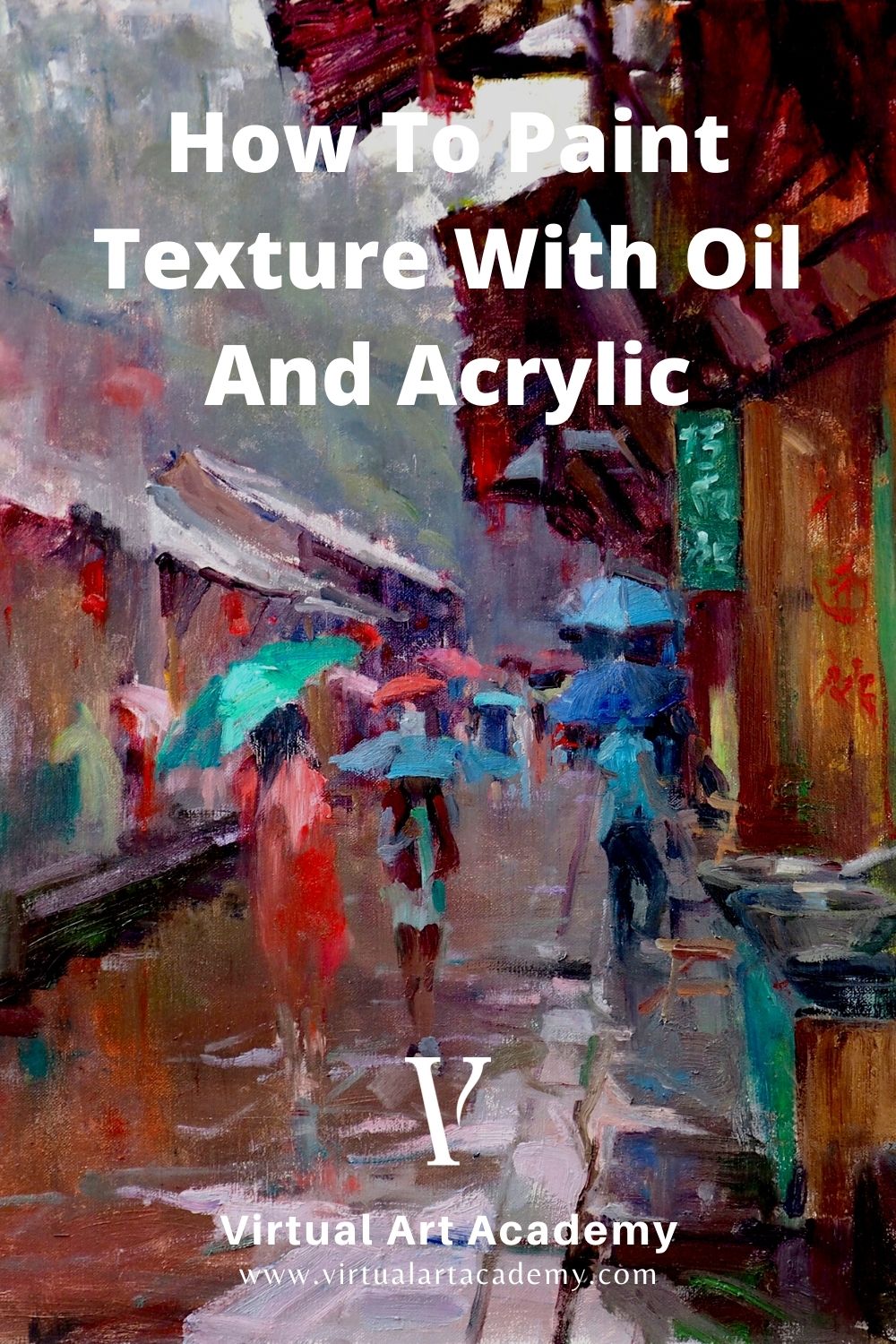
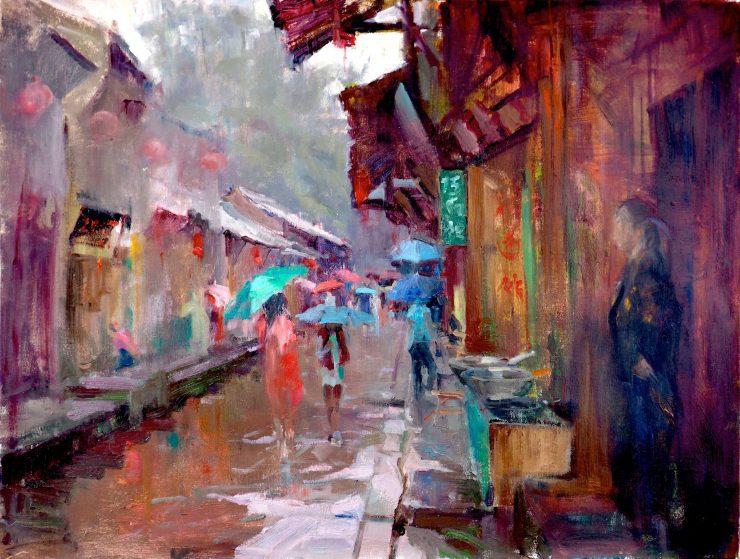
Add comment